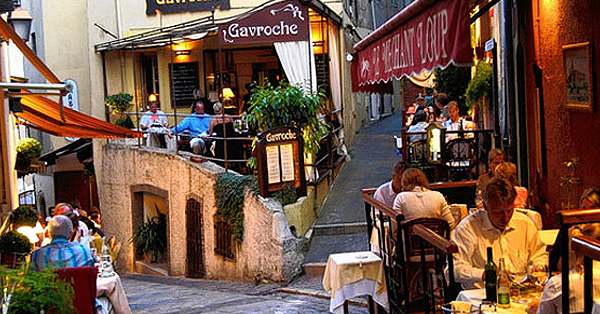No, this is not about some Brit tart with huge breasts — larger still than a “GGG” cup size — oh no, this is a serious post. Reader Chris C. sends me this news:
I remember you mentioned something about having a Keurig K-Cup brewer — I have one too. I also remember you mentioned something about not being able to find one in 220-240V for UK and other non-North American use.
I’ve actually found an option:
Stateside Coffee (Bidford)
They have the Keurig K140 which I think is the older version of the K145 commercial brewer that you can find in Office Depot right now. The price isn’t fantastic (£150), but given the dearth of options, it’s at least a workable one.
I don’t know about the K140/145, but I used to have the larger K150 which is an excellent coffeemaker.

(Daughter stole it from me and it’s still working, some five years since I bought it.)
So for all my Brit Readers who want to escape the Nespresso Matrix, here’s an option. As I see it, however, the only problem is the poor choice of K-cup coffee available Over There; even a cursory look through amazon.co.uk yields few options — although the Green Mountain coffee isn’t bad, it’s not Dunkin Donuts (which they may get, though, if you pester them for it. And the price isn’t too bad, about £1 per cup).
And for those of you Murkins who are looking for a more rugged version of the Keurig for your travels, Reader Chris suggests the CoffeeBoxx (which accepts K-cups):

Tactical coffeemaker? Kim likes, but the price is a little yowzer. Still (as any fule kno) you always pay more for mil-spec, so it may be worth it.
Many thanks, Chris.
I have the best Readers of any blog on the Internet. And now I think I’ll go and make me another cup of coffee, on my Keurig.
Then I’ll look at pics of Casey Batchelor on the Internet.







